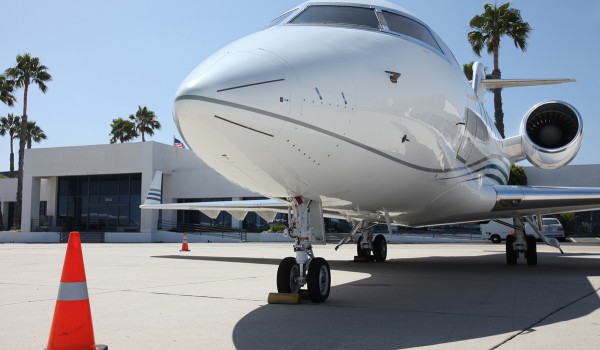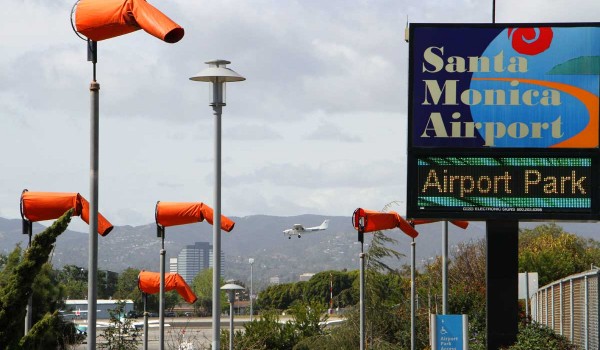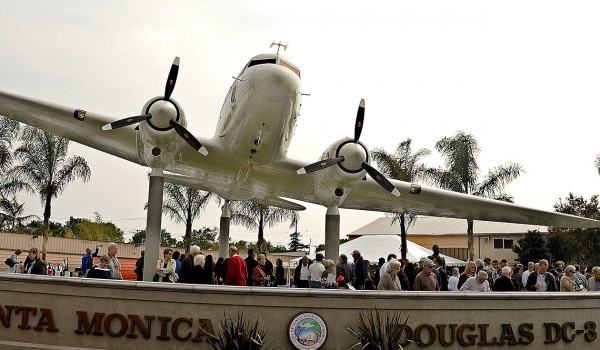By on in Airport
5

SMO — If you’re a frequent reader of this newspaper, there are a couple phrases you’ll see over and over.
One example: “Residents opposed to the Santa Monica Airport complain about the noise and pollution caused by planes taking off and landing.”
Another: “Proponents of the airport point to a City Hall-financed study that shows that the airport generates $275 million annually for the local economy.”
Well, City Hall is clarifying that 2011 study, claiming, in a report released on Thursday, that the measured economic activity cannot be said to be a direct result of aviation use at the airport.
At a City Council meeting last month, City Manager Rod Gould explained the study as council considered awarding a contract — unrelated to the airport — to HR&A, the consulting agency responsible for the SMO study.
“The study indicated that, contrary to conventional wisdom, the Santa Monica Airport’s contribution to the regional economy was far smaller than had been imagined as was the case with the city itself,” Gould said. “In fact, I believe the Principal Consultant Paul Silvern likened the tax and employment impact of Santa Monica Airport to a medium-sized strip mall.”
The airport is actually a loss for City Hall’s budget, he said.
“Until last year the airport was never able to cover its operating and capital costs and therefore amassed a $13 million debt to the General Fund,” Gould said, “which thanks to the increased landing fees that you approved last year, we were able to improve a half-million of that dept. We hope to bite that down over time.”
Thursday’s report summarizes the findings of the 2011 study, which has not been updated since.
HR&A’s analysis looked at the airport campus as a whole, which includes aviation and non-aviation businesses on aviation and non-aviation land.
“Primarily, this work established a baseline of economic data for the entire Airport by providing an estimate of the contribution that the Airport makes to the City’s economy,” the report said. “Because this model does not segregate the impacts of aviation and non-aviation businesses, it is difficult to quantify the total economic impact from each sector.”
The airport directly creates 894 jobs, according to HR&A’s estimate, with 61 percent of them located on airport land. Of those, 178 jobs are directly related to “transport by air.”
The study estimates that another 593 jobs are created indirectly by the airport’s economy.
This results in an estimate of 1,487 total jobs in the city’s economy from all operations at SMO, according to the report.
“These are not only aviation related jobs, as jobs in other industry sectors may be directly related to aviation activity,” the report said.
The airport campus generates $187.5 million directly, with $54 million of that coming from “transport by air.” Legal services generates $24 million. Motion picture and video industries generate $22 million.
Another $87.7 million in output is generated indirectly. This, combined with the direct output, gives you that $275.2 million.
“However,” City Hall’s report said, “the measured economic activity can not be said to be a direct result of aviation use of the Airport. It is impossible to measure the jobs directly related to aviation activity.”
This point is driven home in the conclusion of the report:
“It is also inaccurate to conclude that all 1,487 jobs and $275.2 million in economic output are related to aviation use.”
dave@smdp.com





